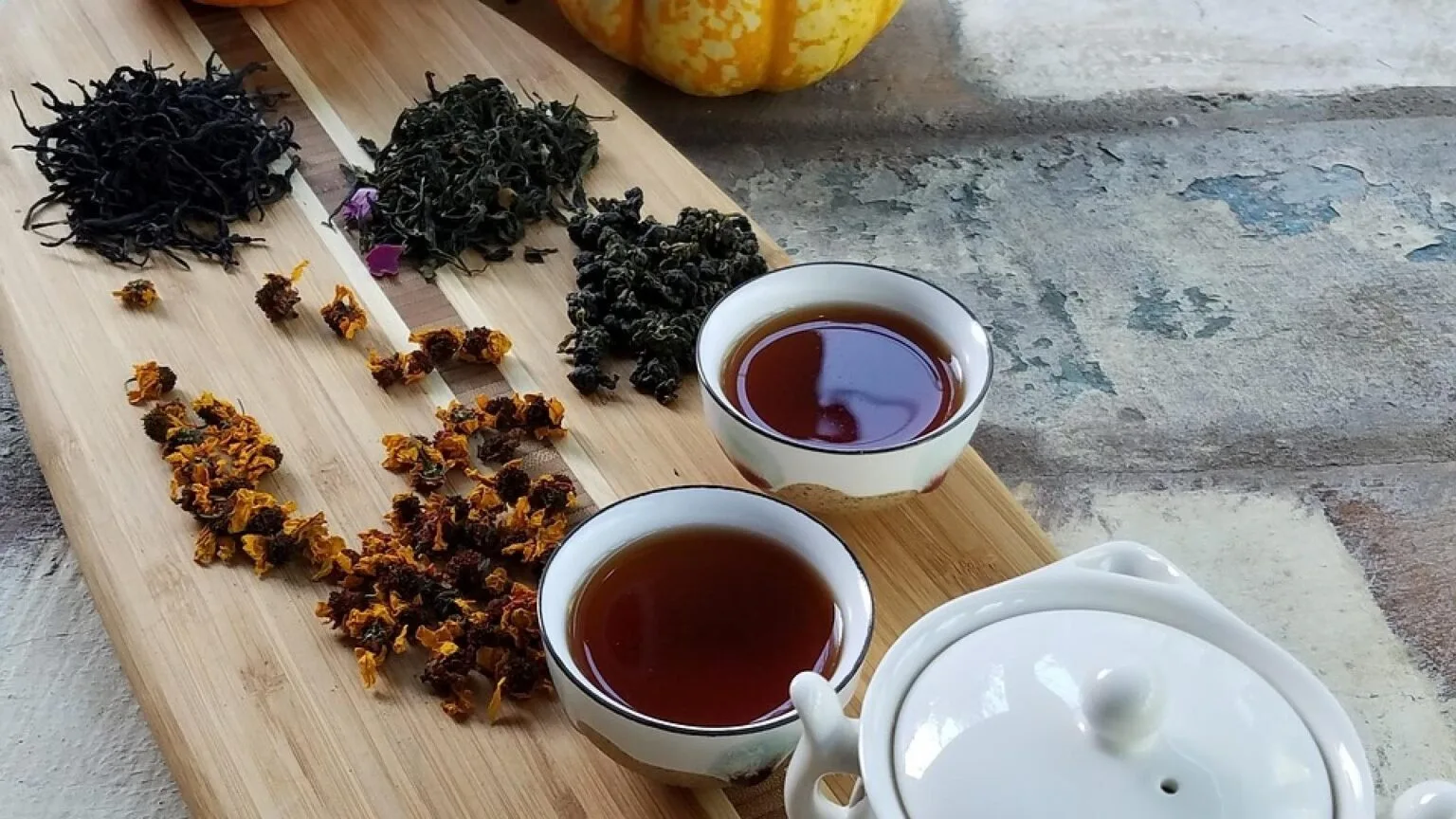« Tea contains polyphenols from different groups. These are mainly flavonoids from the catechin group. During fermentation, they can turn into more complex substances: theaflavins and thearubigins. Another group of polyphenols in tea are tannins. This is a compound of catechins with gallic acid. They are what gives tea its tart taste, » says the specialist.
A study by the Poznań University of Life Sciences showed that yellow tea contains the most antioxidants, while black tea contains the least.
A study from the University of Texas found that the compound epigallocatechin-3-gallate (EGCG) in green tea inhibits the formation of new blood vessels, which are necessary for the growth of cancerous tumors, and slows the spread of cancer cells throughout the body (metastasis). In addition, the catechins in green tea stop cancer cell division and trigger their programmed cell death.
A 2022 meta-analysis confirmed that this drink affects key cardiometabolic indicators:
– body mass index,
– blood pressure,
– glycemic status,
– lipid profile.
The study authors concluded that those who regularly drink green tea are less prone to obesity, spikes in glucose levels, and elevated levels of “bad” cholesterol.

